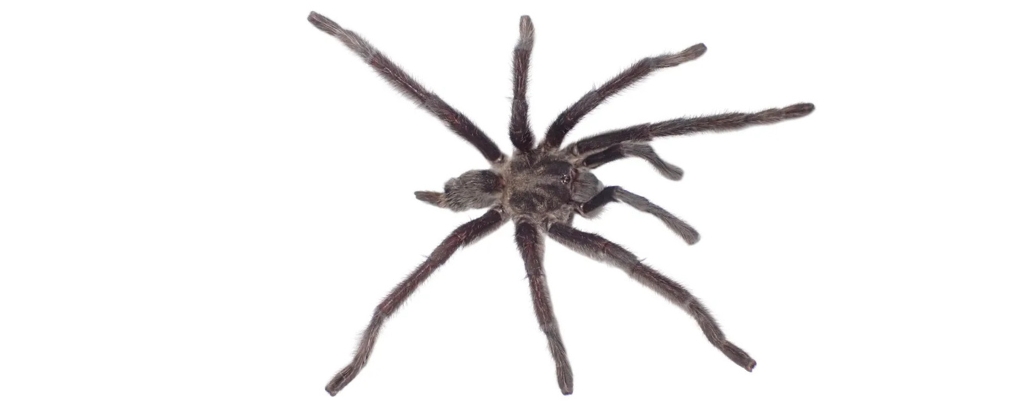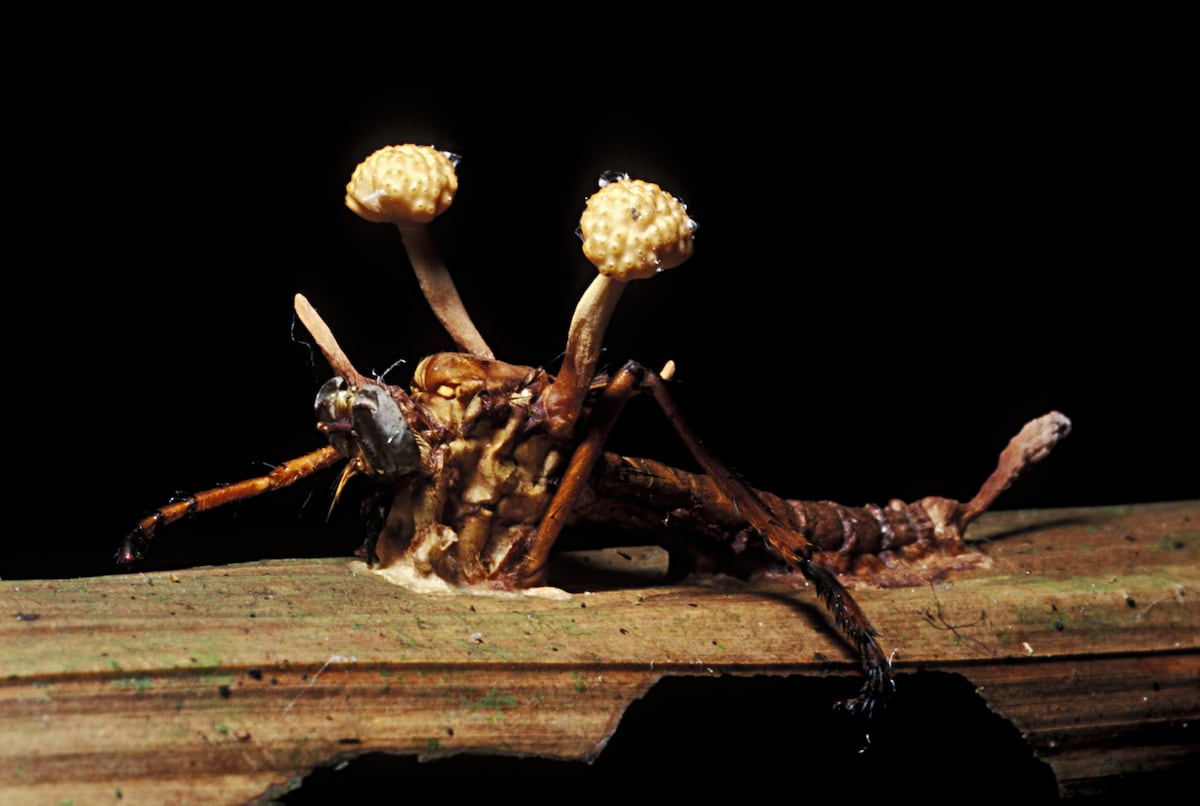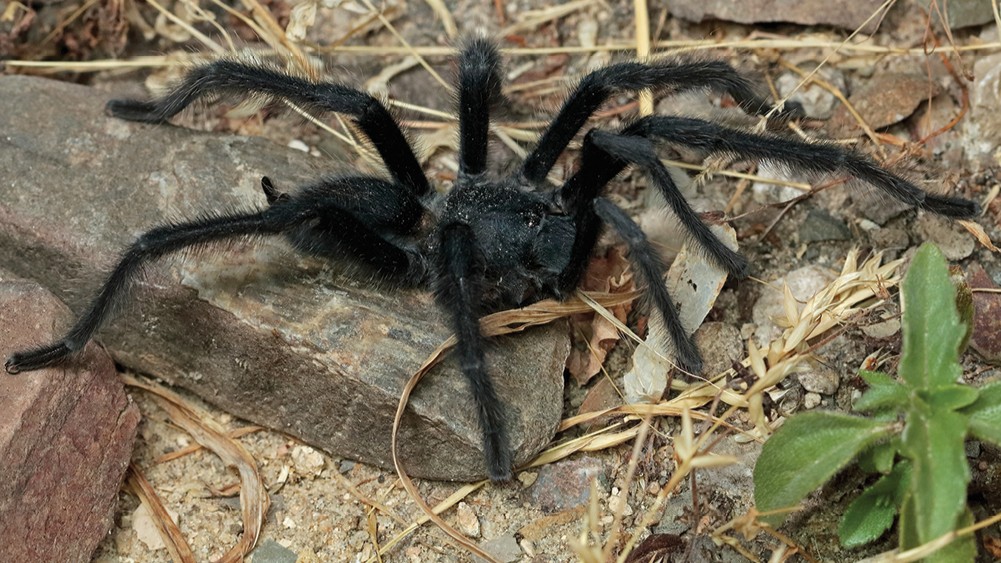Meet the 'Genital Kings': Four New Tarantula Species Have Just Dropped!

Imagine being a tarantula and having your claim to fame be your impressive anatomy! Well, four new species of tarantula have just been discovered, and if they knew they were going to be dubbed the 'genital kings,' they might have strutted their stuff a little sooner.
These male spiders are sporting palps that defy expectations, with lengths that make them the talk of the arachnid world. What’s even wilder? They use these arm-like structures—rather than conventional penises—to transfer sperm during mating, showcasing a unique approach to romance that might not measure up to our human standards, but hey, it gets the job done!
The newly identified species flaunt palps that are the longest of any known tarantula, reaching up to an astounding 5 centimeters (2 inches)—almost as long as their legs! For a bit of perspective, most tarantulas have palps that are just twice as long as their carapace, making these newcomers quite the standout in the spider community.
The quartet of species has been classified into a brand-new genus called Satyrex, which also includes a fifth species that had been previously misclassified. According to Alireza Zamani, an arachnologist from the University of Turku in Finland, “Based on both morphological and molecular data, they are so distinct from their closest relatives that we had to establish an entirely new genus to classify them.”
The name Satyrex draws inspiration from satyrs—those mischievous male nature spirits in ancient Greek mythology renowned for their risqué behavior. The 'rex' in the name translates to 'king' in Latin, akin to legendary figures like Oedipus and Tyrannosaurus.
The most prominent of the new species, Satyrex ferox, carries a name that translates to 'fierce,' perfectly reflecting its aggressive personality. The other species are S. arabicus and S. somalicus, named for their respective habitats in the Arabian Peninsula and Somalia. The fourth, S. speciosus, stands out for its eye-catching coloration.
But why the oversized palps? It turns out they could be a clever survival tactic. “We have tentatively suggested that the long palps might allow the male to keep a safer distance during mating and help him avoid being attacked and devoured by the highly aggressive female,” explains Zamani. In the wild, that’s a strategy that could quite literally save your skin!
This fascinating research was published in the journal ZooKeys, shedding light on the bizarre and captivating world of tarantulas. Who knew that mating solutions could be so… elaborate?


























